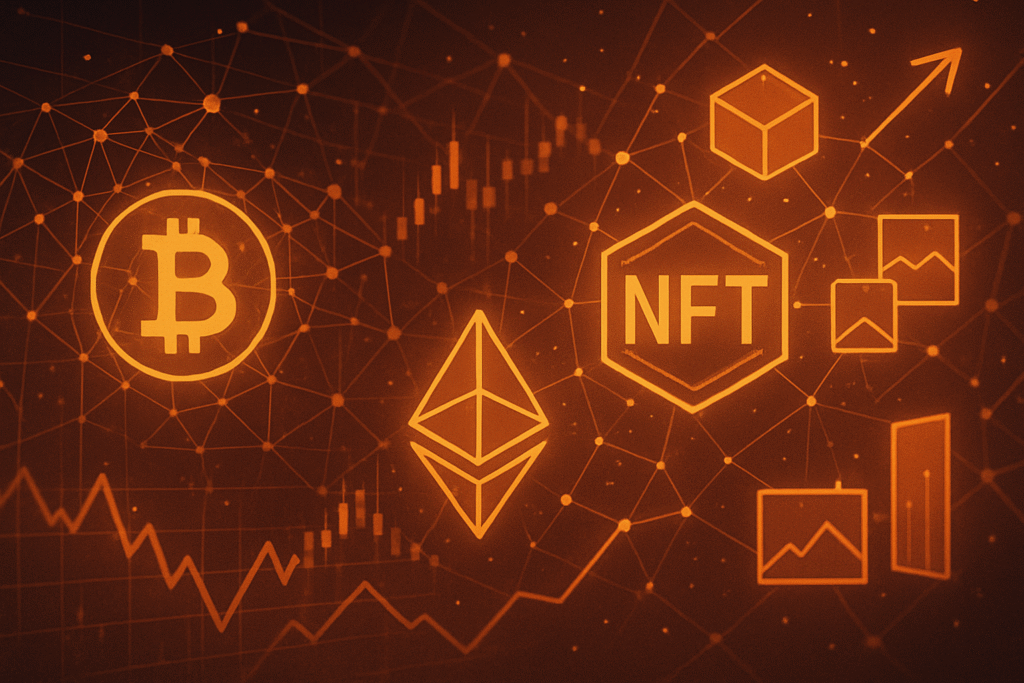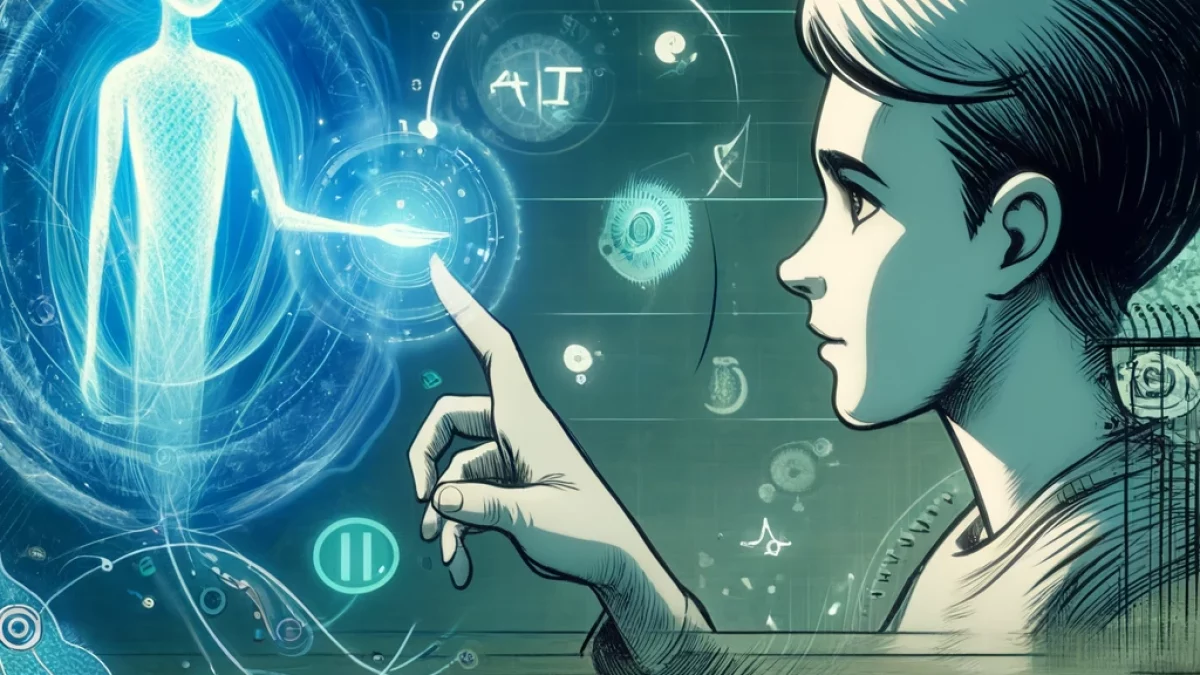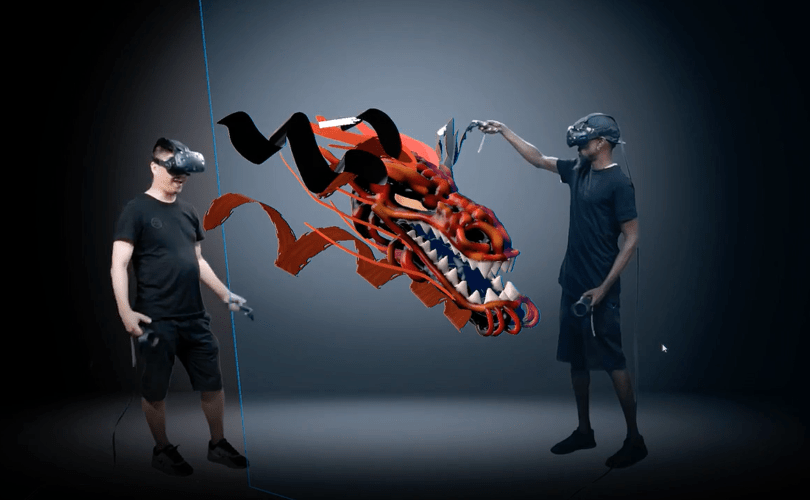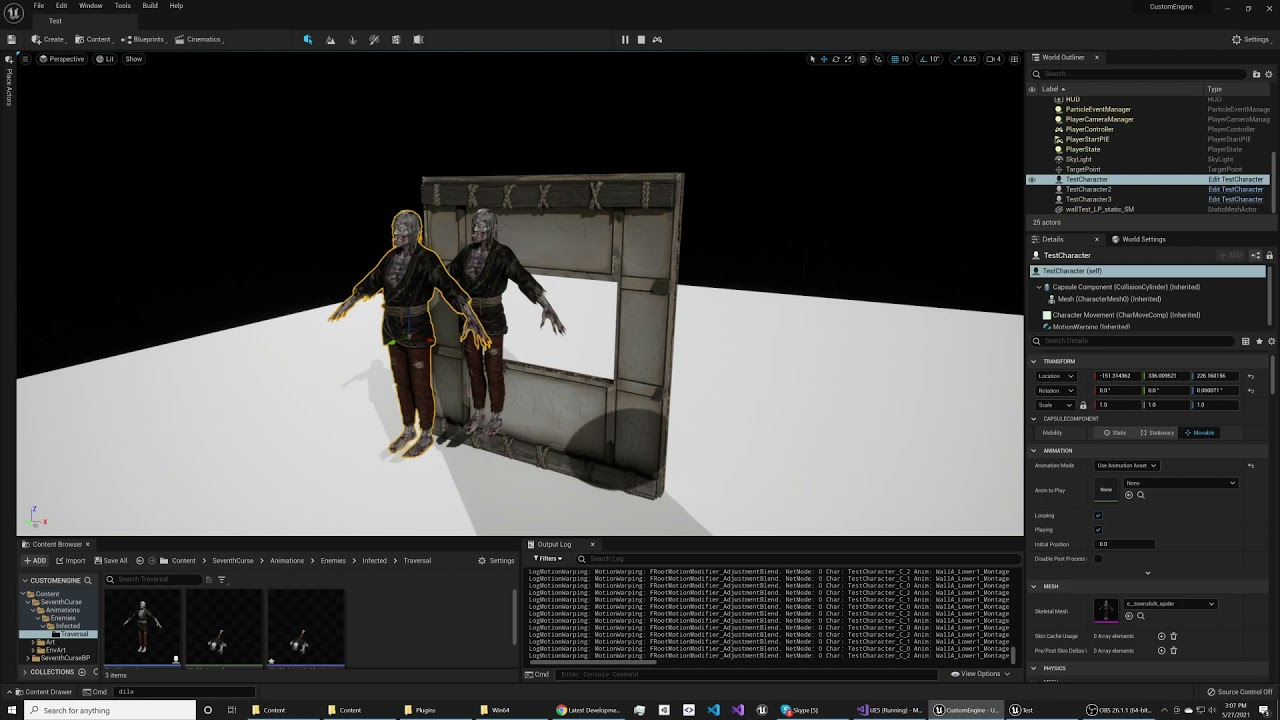Procedural generation has become a transformative force in the world of 3D modeling and animation, allowing creators to generate complex environments, textures, and objects algorithmically rather than manually. This approach is not just a time-saver—it enables artists and developers to scale content production while maintaining consistent quality. From video games to film sets, procedural generation is now a foundational tool in modern digital design.
Using code and mathematical rules, procedural systems can create vast landscapes, intricate cities, or even lifelike hair and fabric simulations without hand-crafting each element. Software like Houdini, Blender with Geometry Nodes, and Unity’s procedural tools offer artists a way to iterate rapidly and explore variations at a fraction of the traditional cost. In animation, this technique supports non-repetitive environments and dynamic storytelling, enhancing both realism and artistic flexibility.
As AI and machine learning continue to merge with procedural workflows, the future promises even more intelligent automation. However, expertise remains essential—understanding design principles, topology, and physics ensures the output isn’t just efficient, but also visually compelling. For studios and freelance creators alike, procedural generation represents a powerful blend of artistry and engineering, pushing the boundaries of what’s possible in 3D storytelling.





